Your iPhone’s battery health is crucial for maintaining optimal performance and longevity. Learning how to optimize iPhone battery charging isn’t just about extending daily usage—it’s about preserving your device’s lifespan. With proper charging habits and settings adjustments, you can significantly improve your battery’s efficiency and reduce the need for premature replacements. This guide provides actionable strategies to help you optimize iPhone battery charging and maintain peak performance for years to come.
Understanding iPhone Battery Health and Charging
Before diving into optimization techniques, it’s essential to understand how iPhone batteries work. iPhones use lithium-ion batteries, which have specific characteristics that affect how they should be charged and maintained. According to Apple’s battery information page, these batteries chemically age over time, resulting in decreased capacity and performance.
All iPhone batteries are designed to retain 80% of their original capacity after 500 complete charge cycles (1000 cycles for iPhone 15 models). A complete charge cycle occurs when you use 100% of your battery’s capacity, not necessarily in one charging session.
Battery health is measured by two key metrics:
As batteries chemically age, both metrics decline. This is why learning to optimize iPhone battery charging is crucial for maintaining your device’s performance over time.
What is Optimized Battery Charging?
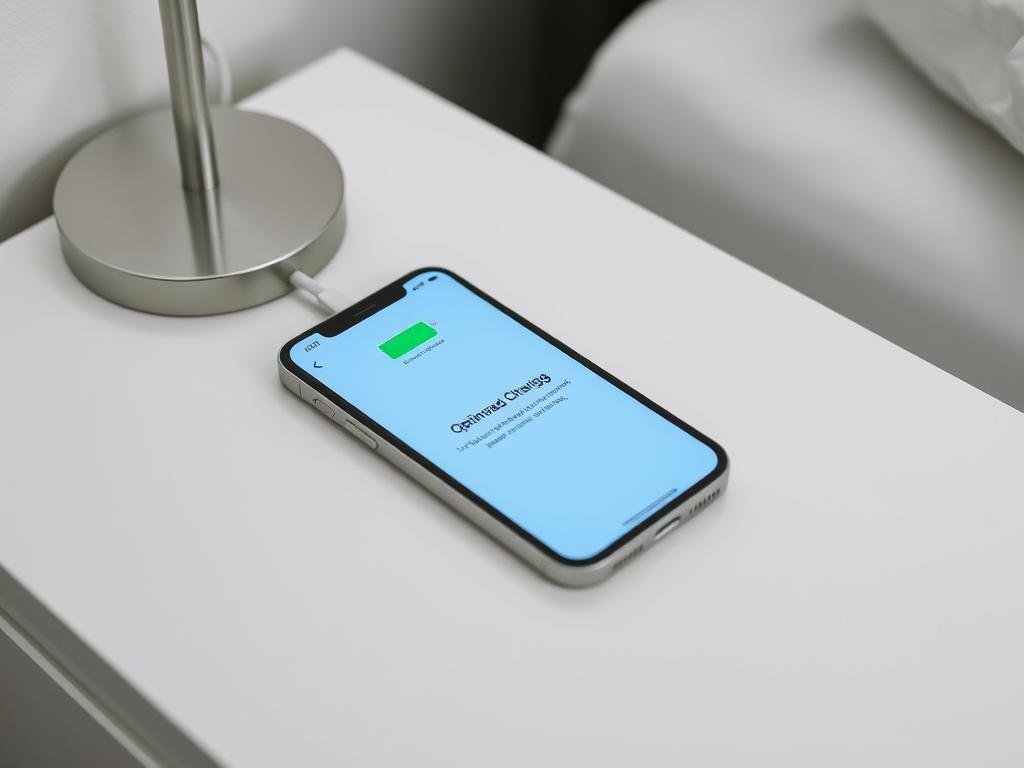
Introduced in iOS 13, Optimized Battery Charging is a feature specifically designed to extend your iPhone’s battery lifespan. When enabled, this feature prevents your iPhone from immediately charging to 100% and then remaining at full charge for extended periods, which can stress the battery.
Instead, the feature uses machine learning to understand your daily charging habits. When it detects that you regularly charge your device for long periods (like overnight), it will:
This approach significantly reduces battery stress and slows down chemical aging. According to Battery University research, keeping a lithium-ion battery at full charge for extended periods can accelerate capacity loss.
How to Optimize iPhone Battery Charging Habits
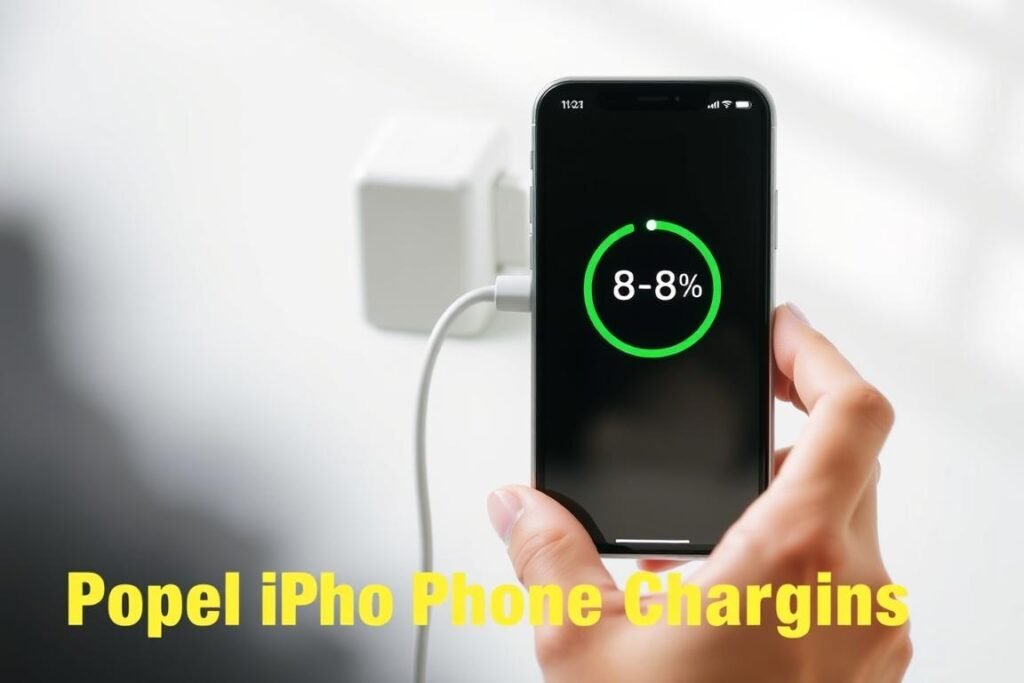
Beyond the built-in optimization features, your personal charging habits play a crucial role in battery health. Here are effective strategies to optimize iPhone battery charging through better habits:
Avoid Extreme Battery Levels
One of the most effective ways to optimize iPhone battery charging is to avoid extreme battery levels—both very low and very high percentages can stress your battery.
Avoid Full Discharges
Unlike older battery types, lithium-ion batteries don’t have a “memory effect.” This means you don’t need to fully discharge your iPhone before recharging. In fact, regularly allowing your battery to drain completely can cause stress and reduce its lifespan.
Partial Charging is Better
Research from Battery University suggests that partial charging is healthier for lithium-ion batteries. Keeping your battery level between 20% and 80% most of the time can significantly extend its overall lifespan.
Temperature Management
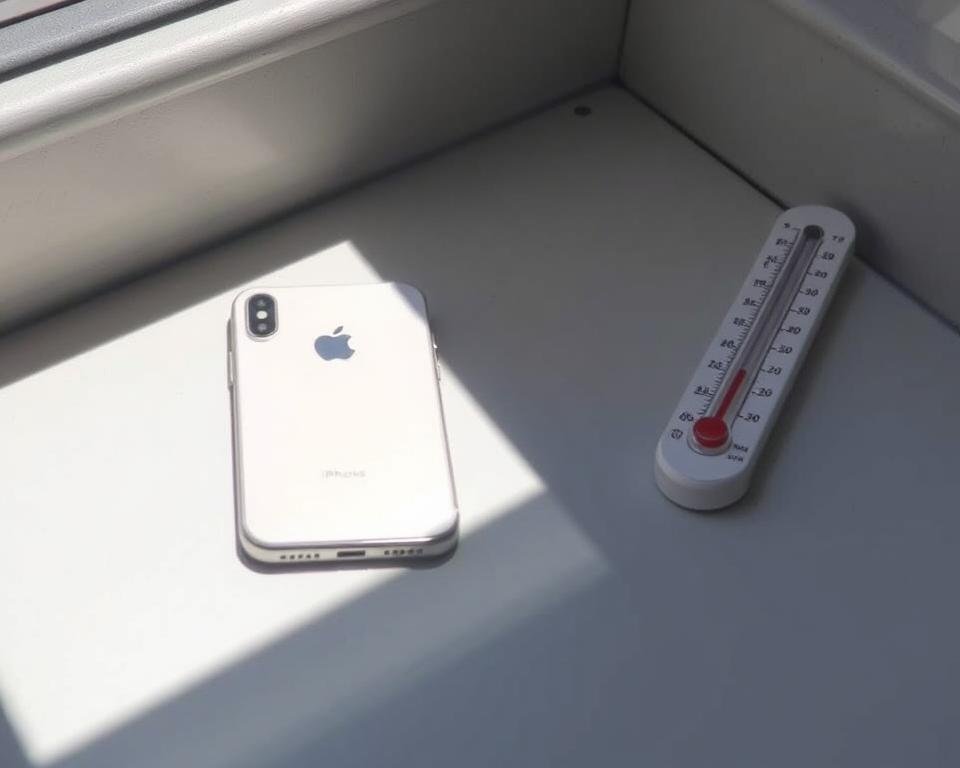
Temperature plays a significant role in battery health. To optimize iPhone battery charging, be mindful of the following temperature considerations:
Charging your iPhone in high-temperature environments can permanently damage battery capacity. If your iPhone feels unusually warm during charging, disconnect it and let it cool down.
Using Settings to Optimize iPhone Battery Efficiency
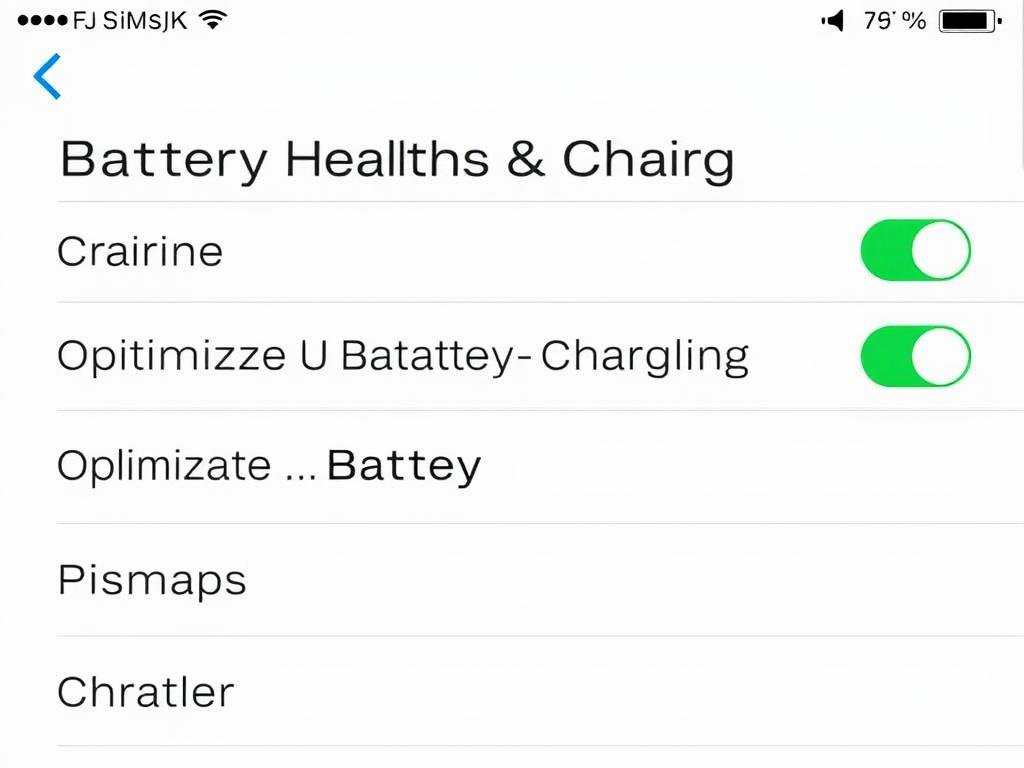
Your iPhone includes several built-in settings that can help optimize battery charging and overall efficiency. Here’s how to access and use these features:
Enable Optimized Battery Charging
Once enabled, your iPhone will learn your daily charging routine and optimize the charging process accordingly. You’ll see a notification on your lock screen when this feature is active, informing you when your iPhone will be fully charged.
Monitor Battery Health
Regularly checking your battery’s health can help you understand how well your optimization efforts are working:
If your maximum capacity falls below 80%, you might notice decreased battery life and performance. At this point, you may want to consider a battery replacement to restore optimal performance.
Use Low Power Mode Strategically
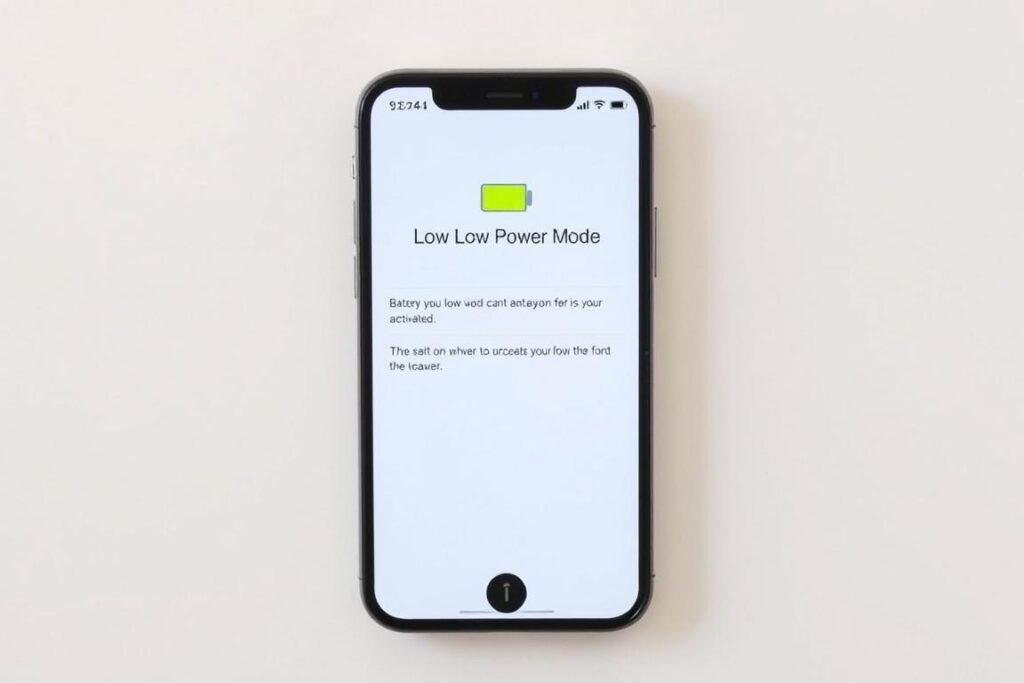
Low Power Mode is an effective way to optimize iPhone battery usage when you’re running low on power:
When activated, Low Power Mode reduces background activity, email fetch, automatic downloads, and some visual effects to extend battery life. Consider enabling it when your battery drops below 20% or when you know you’ll be away from a charger for an extended period.
Common Mistakes That Harm iPhone Battery Health
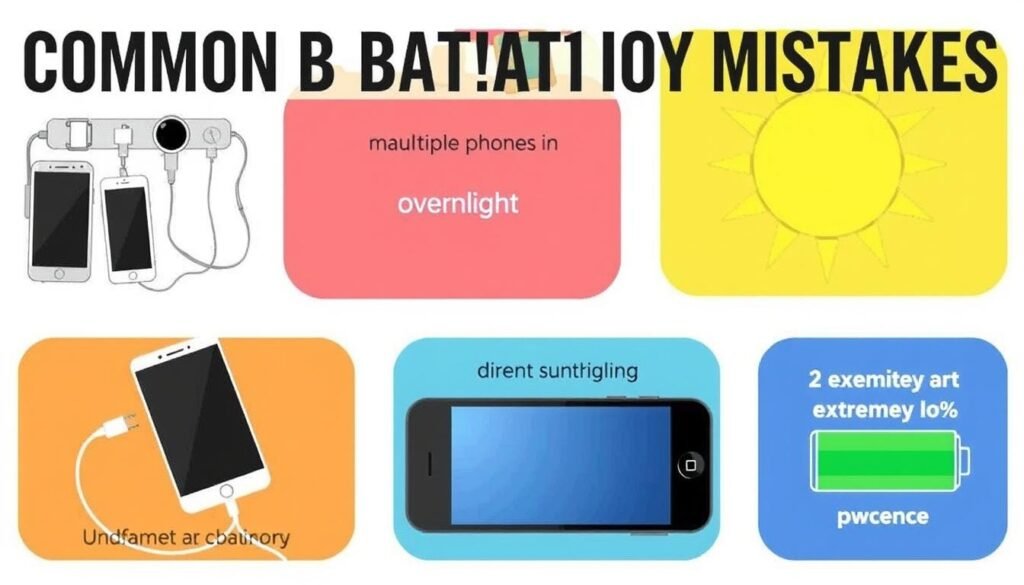
Even with the best intentions, many iPhone users make mistakes that can harm battery health. Avoid these common pitfalls to better optimize iPhone battery charging:
Using Uncertified Charging Accessories
Low-quality, uncertified chargers and cables can deliver inconsistent power to your iPhone, potentially damaging the battery over time. Always use Apple-certified accessories or reputable third-party products that meet Apple’s MFi (Made for iPhone) standards.
Charging Overnight Without Optimization
If you haven’t enabled Optimized Battery Charging, leaving your iPhone plugged in overnight keeps the battery at 100% for hours, which can accelerate battery aging. Either enable the optimization feature or adjust your charging routine to avoid extended periods at full charge.
Exposing Your iPhone to Extreme Temperatures
Using or charging your iPhone in very hot or cold environments can permanently damage the battery. According to Apple’s guidelines, iPhones are designed to work best at 62° to 72°F (16° to 22°C).
Always Charging to 100%
While occasional full charges are fine, consistently charging your iPhone to 100% for daily use can reduce battery lifespan. When possible, unplug your device when it reaches 80-90% charge for everyday use.

Overusing Wireless Charging
While convenient, wireless charging generates more heat than wired charging, which can affect battery health over time. If you frequently use wireless charging, consider these tips to optimize iPhone battery charging:
Optimizing iPhone Battery for Long-Term Storage
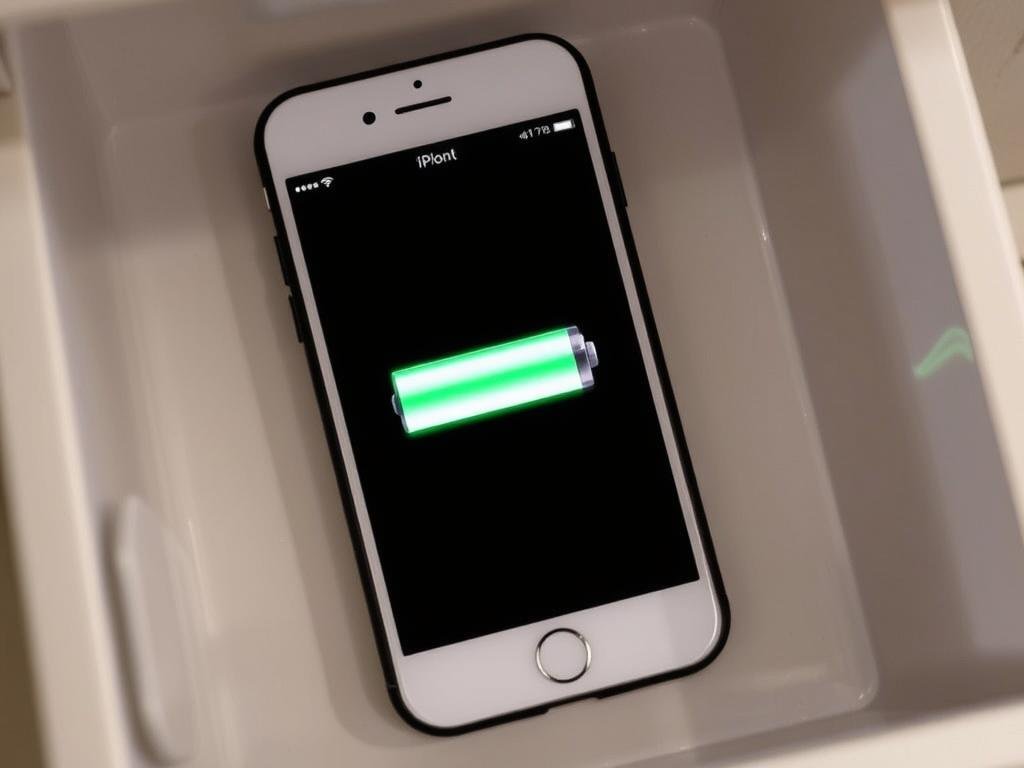
If you plan to store your iPhone for an extended period (several weeks or months), proper battery preparation is essential:
For optimal long-term storage, charge your iPhone to approximately 50% before powering it off. Storing a lithium-ion battery at full charge or completely empty can cause permanent capacity loss.
Additional storage recommendations to optimize iPhone battery health include:
Following these guidelines helps preserve battery capacity during periods of non-use, ensuring your iPhone remains in good condition when you’re ready to use it again.
Frequently Asked Questions About iPhone Battery Charging
Does fast charging damage iPhone batteries?
Fast charging doesn’t significantly damage iPhone batteries when used occasionally. However, it generates more heat than standard charging, which can accelerate battery aging if used exclusively. For optimal battery health, use standard charging for routine charging and reserve fast charging for when you need a quick power boost.
Should I charge my iPhone to 100%?
Occasional full charges to 100% won’t significantly harm your battery, especially if you plan to be away from a charger for an extended period. However, for daily use, it’s better to optimize iPhone battery charging by keeping the level between 20% and 80% most of the time to reduce stress on the battery and extend its lifespan.
Is it bad to use my iPhone while charging?
Using your iPhone while charging isn’t inherently harmful, but it can generate additional heat, which may affect battery health over time. If you notice your device getting unusually warm while using it during charging, it’s best to disconnect it and let it cool down before resuming charging.
How often should I replace my iPhone battery?
Consider replacing your iPhone battery when its maximum capacity falls below 80% or when you notice significant performance issues. Most iPhone batteries maintain good performance for 2-3 years with typical use. You can check your battery health in Settings > Battery > Battery Health & Charging to determine if replacement is needed.
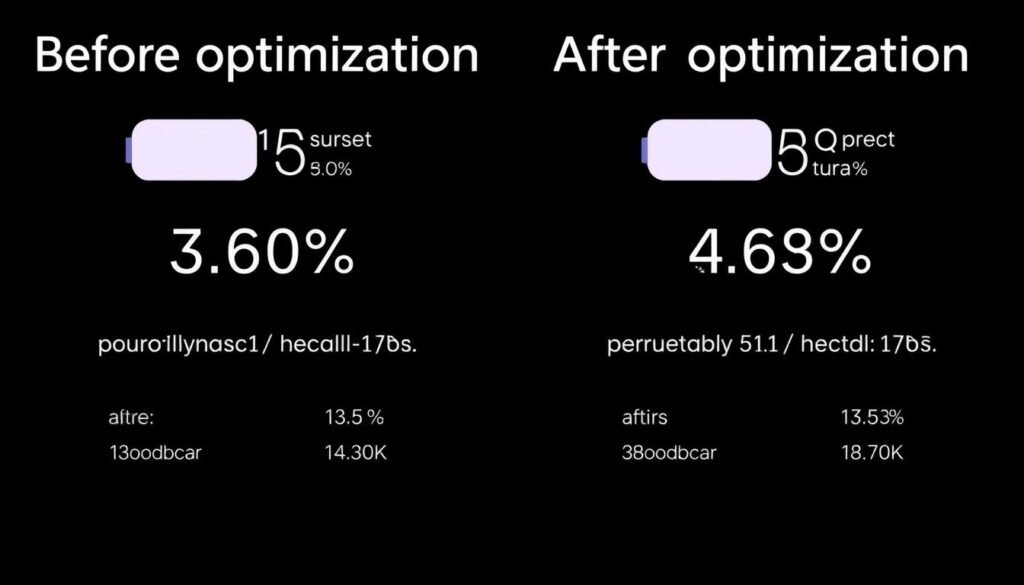
Conclusion: Mastering iPhone Battery Optimization
Learning to optimize iPhone battery charging is an investment in your device’s longevity and performance. By enabling Optimized Battery Charging, maintaining good charging habits, and avoiding common mistakes, you can significantly extend your battery’s lifespan and maintain peak performance for years.
Remember that battery health is influenced by multiple factors, including charging patterns, temperature exposure, and usage habits. No single strategy will completely prevent battery aging, but implementing the techniques discussed in this guide will help slow down the process and maximize your iPhone’s useful life.
For more detailed information about iPhone batteries and performance, visit Apple’s official support page. By making these small adjustments to how you charge and use your iPhone, you’ll enjoy better battery performance and potentially save money by delaying the need for battery replacement.